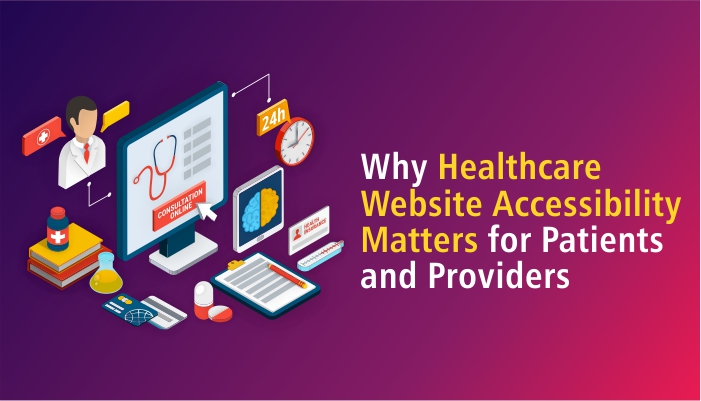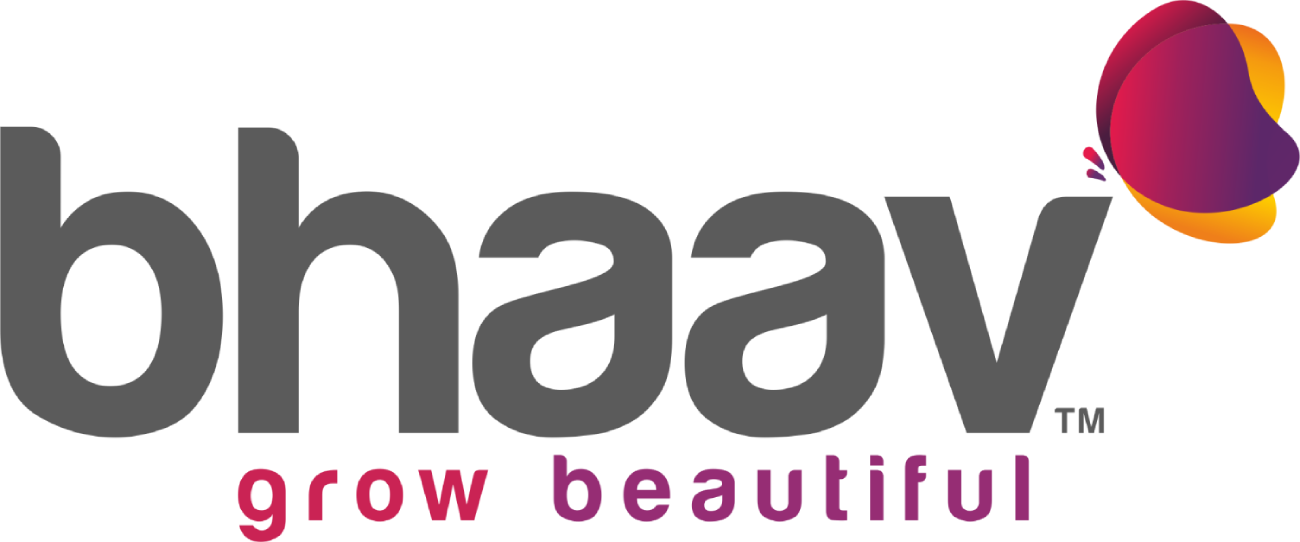
Why Healthcare Website Accessibility Matters for Patients and Providers
In our modern age of healthcare technology, there’s a common belief that these advancements are designed for everyone. But are they truly inclusive? This article explores the world of digital accessibility, especially its significant role in healthcare, and highlights the improvements made in our product to ensure it’s accessible to all.
What is digital accessibility and how does it matter in healthcare?
Digital accessibility refers to the ability of digital technologies to be universally usable, removing barriers for individuals, including those with disabilities. This inclusivity encompasses considerations like income, gender, disability, and geographic location. According to the World Health Organization (WHO), approximately 1.3 billion people, accounting for about 17% of the global population, live with disabilities.
As technology progresses, prioritizing inclusivity in design becomes essential, especially in healthcare. This focus is critical for demographics like older individuals or those with physical limitations, who might have less exposure to digital tools and need equal access to technological advancements.
When healthcare technology considers accessibility, it becomes more popular than tech that isn’t accessible. This advantage is especially noticeable in crowded markets. It helps the folks who could benefit most from healthcare tech advances.
Why is digital accessibility important in healthcare?
Digital accessibility in healthcare is vital for several reasons:
1. Equal Access
This ensures that every individual, regardless of disabilities or limitations, can access and derive benefits from healthcare services, information, and technologies. This commitment to equal access ensures everyone has fair opportunities to receive essential care and support.
2. Compliance
The laws and regulations vary in different regions. It becomes necessary to be in compliance with them and avoid penalties. For example, In the United States Americans with Disabilities Act (ADA) was implemented to safeguard the rights of the people.
3. Improved Patient Experience
Accessible digital platforms enhance the patient experience by providing convenient and equal access to healthcare resources. This accessibility facilitates better communication between patients and healthcare providers, leading to more effective and efficient care.
4. Telehealth and Remote Care
The expansion of telehealth and remote healthcare services emphasizes the need for accessible digital platforms. Ensuring accessibility allows individuals to engage in virtual consultations, access medical records, and receive remote care regardless of their abilities or limitations.
5. Equal Healthcare Opportunities
Digital accessibility ensures that everyone, regardless of their physical or cognitive abilities, can navigate healthcare websites, mobile apps, electronic health records, and other digital tools. This equal access helps bridge healthcare disparities and ensures equitable healthcare opportunities for all.
6. Business Advantages
Organizations that prioritize digital accessibility not only comply with regulations but also attract a wider audience. Accessible healthcare solutions often enjoy increased user adoption, enhanced reputation, and improved market competitiveness.
Overall, digital accessibility in healthcare is crucial for fostering an inclusive environment, meeting legal requirements, improving patient experiences, providing equal healthcare opportunities, and gaining business advantages.
What are Healthcare and Medical Accessibility Standards?
Healthcare and medical website accessibility standards are a collection of guidelines crafted to guarantee that websites and applications can be effectively utilized by individuals with disabilities. These standards are rooted in the philosophy of universal design, aiming to create technology that accommodates the largest possible spectrum of users, irrespective of their capabilities.
Here are the essential aspects of healthcare and medical website accessibility standards:
1. Accessible Presentation
Ensure information is delivered in a way that caters to individuals with different sensory disabilities, encompassing visual, auditory, and tactile impairments.
2. User-Friendly Interface
Design the website or application for easy navigation and interaction, supporting multiple input methods like keyboards, mice, and touch screens to accommodate diverse user preferences.
3. Clarity of Information
Information should be presented in a straightforward and easily understandable way, accommodating users regardless of their language proficiency or cognitive abilities.
4. Compatibility
The website or application should be adaptable and compatible with diverse assistive technologies, like screen readers and speech recognition software, ensuring consistent performance across different platforms and devices.
Making your healthcare or medical website/application accessible requires essential steps. First and foremost, an accessibility audit is imperative. This comprehensive evaluation pinpoints and resolves any existing barriers hindering accessibility on your platform. Equally vital is employing accessible design principles, readily available on the World Wide Web Consortium (W3C) website. These principles serve as a blueprint, enhancing your site or app’s accessibility for all users. Moreover, conducting tests with assistive technology is highly advisable. This pivotal testing phase confirms that your platform accommodates individuals with disabilities, ensuring an inclusive and accommodating user experience for everyone.
Key Points to Optimize Your Healthcare Website
Here are the essential points for you to consider:
Quality Content Creation
Develop an extensive library of informative materials covering diverse health topics. Focus on educational content over promotional material to position the website as a reliable source of medical education and patient-centric care.
Simplified Design and Navigation
Ensure a user-friendly experience by presenting clear, concise information and employing progressive disclosure to simplify complex content. The goal is to minimize user effort while navigating through the site.
Prioritized Accessibility
Make the website accessible to individuals with disabilities to respect their rights and ensure inclusivity. Acknowledge the critical nature of accessible healthcare websites, respecting privacy, autonomy, and potential life-or-death consequences.
Accessible Information Retrieval
Facilitate easy access to vital information such as locations, FAQs, and directories. This strategy streamlines user interaction, reducing the need for staff assistance.
Trust Building Through Personalization
Enhance user trust by showcasing bios and photos of healthcare professionals. This personal touch helps patients familiarize themselves with practitioners before appointments, alleviating initial stress.
These points will help you focus on creating a user-centered, accessible, and trustworthy healthcare website, emphasizing creating valuable content, simplifying navigation, ensuring accessibility, facilitating information retrieval, and fostering a personalized connection to enhance the overall user experience.
Should you care about accessibility?
For us, integrating accessibility isn’t merely an act of compassion; it yields tangible benefits. By embracing diverse user perspectives, we can innovate in ways traditional competitors might overlook. This aligns with our ID philosophy, now a standard practice seen even in tech giants like Microsoft.
Furthermore, adhering to accessibility standards widens our target audience. Compliance with legal regulations and certifications becomes seamless, safeguarding against penalties for violations.
In conclusion, accessibility stands as a pivotal element for any healthcare organization aiming to connect with diverse populations. Bhaav Healthcare, a website design company offering similar services, recognizes the significance of prioritizing accessibility in the development process. We strongly advocate for all companies to emphasize accessibility as it ensures inclusion for all users. Disregarding accessibility, considering the ample availability of assistive technology and legal implications for non-compliance, is not justified. Ultimately, prioritizing accessibility is rooted in human-centric design principles. If you were in need of assistive technology, wouldn’t you wish for it to be taken into account? Consider Bhaav and grow beautifully.
